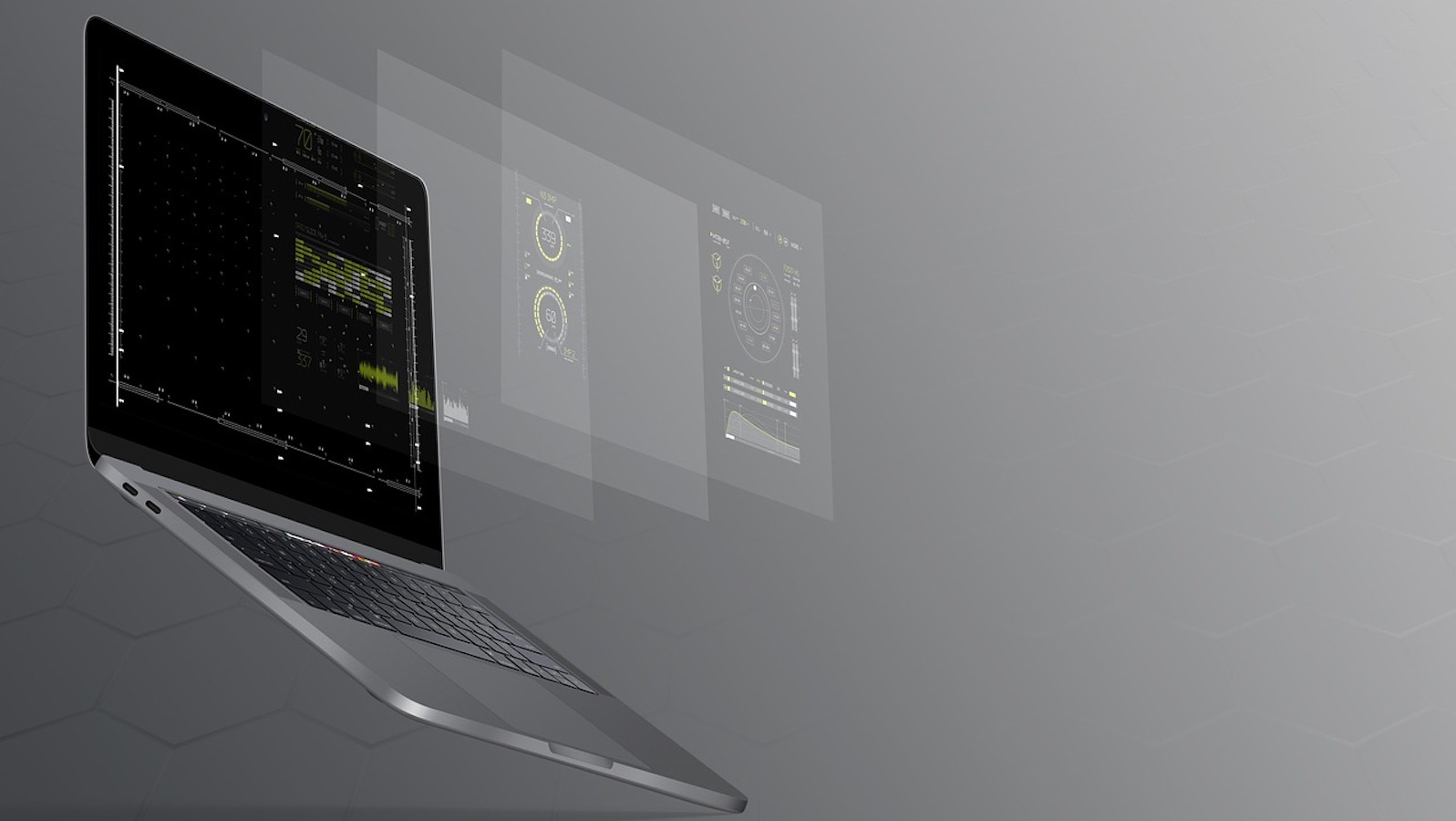In the wake of widespread cloud adoption, organizations are grappling with massive data volumes and the consequent complexity of safeguarding this data. Data protection is a significant challenge, as more information is processed and stored in more locations than ever before.
For organizations, operationalizing data security is no longer a simple IT task and can't be solved with one tool or solution. It's a strategic imperative that impacts every level of an organization. From diverse data sources and evolving threat landscapes to the nuances of compliance and the human element of security, the challenges are multifaceted
While technology offers advanced tools and solutions to boost defenses, the key challenge lies in seamlessly integrating these tools into an organization's operations. Essentially, it's about striking a balance between robust security and operational efficiency - and ensuring that protective measures enhance rather than hinder business processes. A holistic approach that encompasses technology, processes and people is crucial for success.
There are numerous operationalization challenges for organizations, but there is one common thread: Before overcoming these hurdles, organizations must understand where data is located, the context of the data and if it is at risk.
Let's explore the top 10 operationalization challenges for organizations and how they can be addressed.
1. Resource Constraints
Implementing robust security measures often requires a large financial investment as well as dedicated time and expertise. Hiring skilled cybersecurity personnel is expensive, assuming you can even find the right personnel, and continual training is essential. The deployment of advanced security tools and infrastructure places an additional strain on an organization's budget.
Data protection solutions with a streamlined implementation process eliminate the need for extensive resources. Agentless, API-based solutions are easy to deploy and can deliver value in days, without any upfront work required. As an example, today's managed data security posture management (DSPM) security solutions enable any size organization to streamline cybersecurity operations and significantly reduce the burden on in-house IT teams.
See also: Risks, Trends, Challenges for Cyber Insurance
2. Diverse Data Sources
Data is everywhere, and organizations use a plethora of platforms and services -- from cloud storage solutions like Gdrive and Box, to communication tools like Slack, and collaboration platforms like SharePoint. Even more concerning is that sensitive data is no longer just structured. At least 80% of an organization's data is unstructured, meaning it's embedded in millions of financial reports, corporate strategies documents, source code files and contracts created by CFOs, general managers, engineers, lawyers and others.
To address this challenge, today's DSPM solutions are designed to control information flows between departments and third parties, ensuring that data at risk is identified and sensitive data remains protected -- regardless of its location.
3. Data Classification
Data classification is the foundation upon which many security measures are built. By categorizing data based on its sensitivity and importance, organizations can apply appropriate protection measures. But the sheer volume of data generated and stored today makes manual classification a herculean, if not impossible, task, and continually updating classification criteria in response to an evolving data landscape is crucial.
To address this, best-of-breed AI-based classification solutions leverage sophisticated machine learning technologies to autonomously scan and categorize documents. With the latest AI models for fast and accurate data discovery and categorization, organizations can eliminate the need for manual classification, which has proven to be both inaccurate and inefficient.
4. Access Governance
Some data is public, some is confidential and some is strictly on a need-to-know basis. Managing who has access to what data is a cornerstone of data security and requires the definition of access permissions and continually reviewing and updating them. Ensuring that permissions are always up-to-date and adhere to the principle of least privilege -- where individuals have only the access they need and nothing more -- is a constant challenge, especially in large, dynamic organizations.
Data access governance (DAG) establishes and enforces policies governing data access and usage and plays a key role in ensuring that only authorized individuals can access sensitive information. This process is enhanced by a deep contextual understanding of both structured and unstructured data, which helps in keeping access permissions current and aligned with the principle of least privilege. DAG solutions enable organizations to comply with access and activity regulations, demonstrate control to auditors and adopt zero-trust access practices.
See also: Data Breaches' Impact on Consumers
5. Rapid Remediation
Rapid remediation is crucial to minimizing damage and protecting sensitive data when a security risk or breach is identified. Remediation actions include revoking access permissions, isolating affected systems or notifying affected parties. But rapid remediation requires swift action, clear protocols and a well-coordinated response team. Organizations must have these protocols in place, understand what data is at risk and ensure that all stakeholders know their roles and responsibilities in the event of a security incident.
Advanced data security platforms are designed to discover and remediate risks efficiently. These solutions can pinpoint data at risk due to inappropriate classification, permissions, entitlements and sharing. According to Concentric AI's Data Risk Report, each organization had 802,000 data files at-risk due to oversharing. Autonomous remediation capabilities in these platforms ensure that access issues are quickly addressed.
6. Compliance and Regulations
Different industries operate under various regulatory frameworks, each with different sets of data protection and privacy mandates. Operationalizing data security in this context means not only protecting data but also ensuring that protection measures align with legal and regulatory requirements.
Data security solutions that assist organizations in meeting regulatory and security mandates, demonstrating control to auditors and implementing zero-trust access are important in addressing this challenge. By detecting and remedying risks, these solutions help businesses comply with various privacy regulations, including managing right-to-know, right-to-be-forgotten and breach notification requests.
7. Constantly Evolving Threat Landscape
Today, as soon as organizations bolster their defenses, malicious actors evolve their tactics. Ransomware attacks, phishing schemes and advanced persistent threats require businesses to try to stay a step ahead. Continuous monitoring, updates and adaptations are crucial to counteract new and emerging threats.
Modern data security approaches go beyond static rules or predefined policies. Innovative analysis methods continuously compare data against its peers to identify anomalies and potential risks. This stance ensures that as data changes, its protection mechanisms evolve accordingly. AI models that leverage continuous monitoring and can learn from the data landscape help organizations address new risks as they emerge.
8. Complexity and Scope
Data security is a multifaceted domain that encompasses a myriad of components, from network security and access controls to encryption and authentication. Different data types, whether it's financial records, personal information or proprietary research, have unique security requirements. Coordinating these diverse components and tailoring security measures to different data types adds layers of complexity to the operationalization process.
Using advanced machine learning technologies, today's data security solutions autonomously scan and categorize data, adapting to its growing complexity and scope. They ensure protection for all data types and locations. Comprehensive analysis provides a complete view of data, ensuring protection for both structured and unstructured data, whether stored in the cloud or on-premises.
See also: Top 10 Challenges for Data Security
9. Monitoring and Auditing
Continuous monitoring is essential for keeping a vigilant eye on systems, data access patterns and user behaviors to detect anomalies or potential breaches. Regular audits are crucial to assess the effectiveness of security measures and identify areas for improvement. Conducting these audits, analyzing the results and implementing changes based on findings demand significant time and expertise.
Modern data security tools offer accurate data classification without manual rules or policies. With monitoring, these tools quickly identify any discrepancies or risks in data classification.
10. Integration With Existing Systems
Most organizations have a myriad of existing systems, tools and software in place. When a new data security solution is introduced, it's crucial that the solution integrates seamlessly with existing infrastructure. Disruptions, compatibility issues or data silos can undermine the effectiveness of security measures and create vulnerabilities.
Today's data security solutions are designed to integrate smoothly with established frameworks, such as those for data classification and management. This integration ensures that data classification is in line with existing security protocols, boosting the overall data protection strategy.
While challenges abound, technology approaches exist that can help organizations down the path of operationalizing data security. DSPM enables organizations to gain a clear view of their sensitive data: where it is, who has access to it and how it has been used. Best-of-breed DSPM solutions can autonomously discover, categorize and remediate data -- whether it's structured or unstructured and stored in the cloud or on-premises.
Robust DSPM solutions develop a semantic understanding of data and provide a thematic category-oriented view into all sensitive data. By investing in proper data management practices, and leveraging the right tools and expertise, companies can go a long way toward operationalizing their data security. By doing so, they can help accomplish the key goals around securing private data, making more informed decisions about data and threats, protecting private data and mitigating risks.








